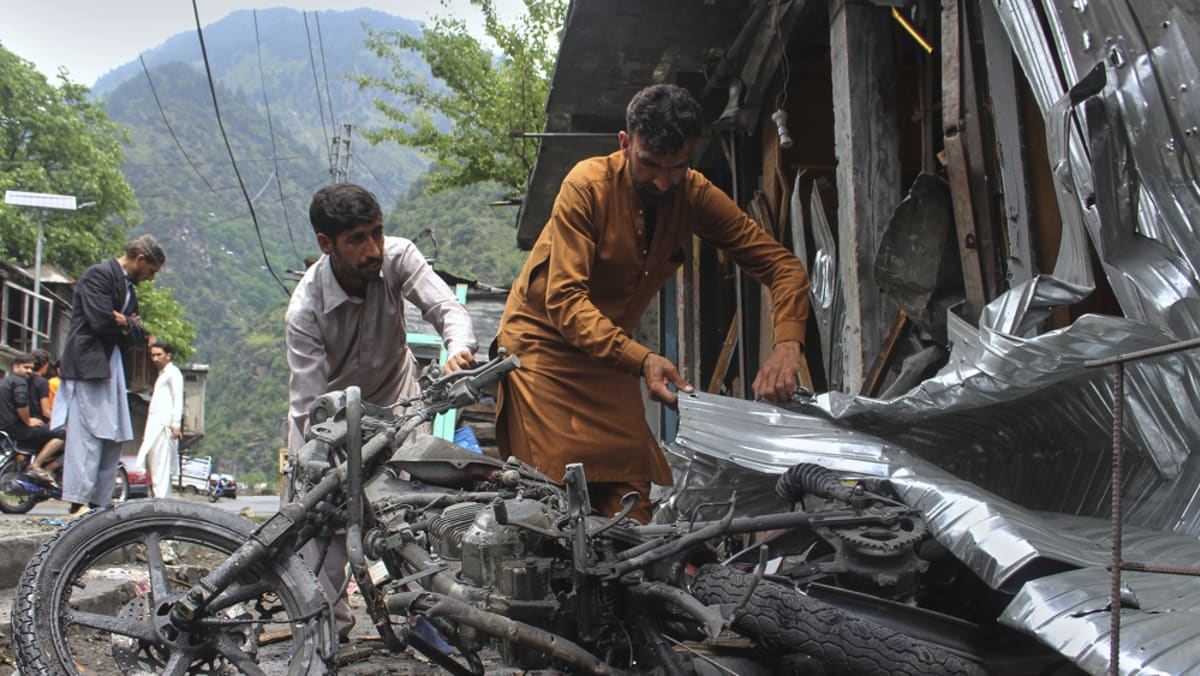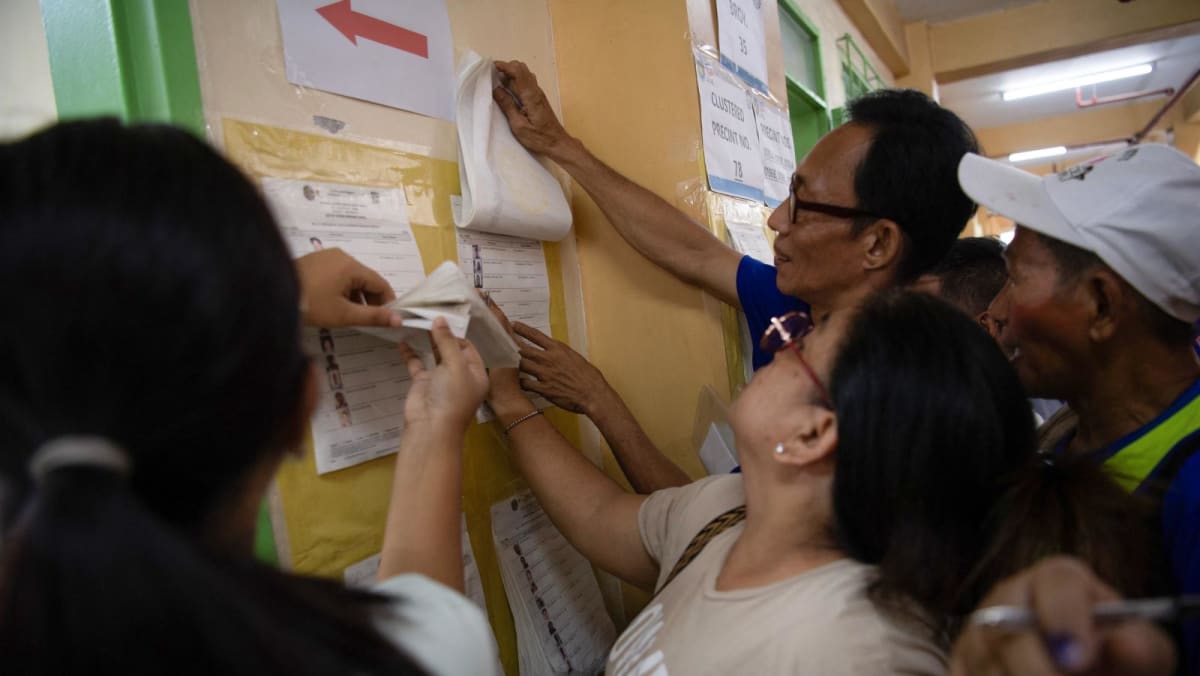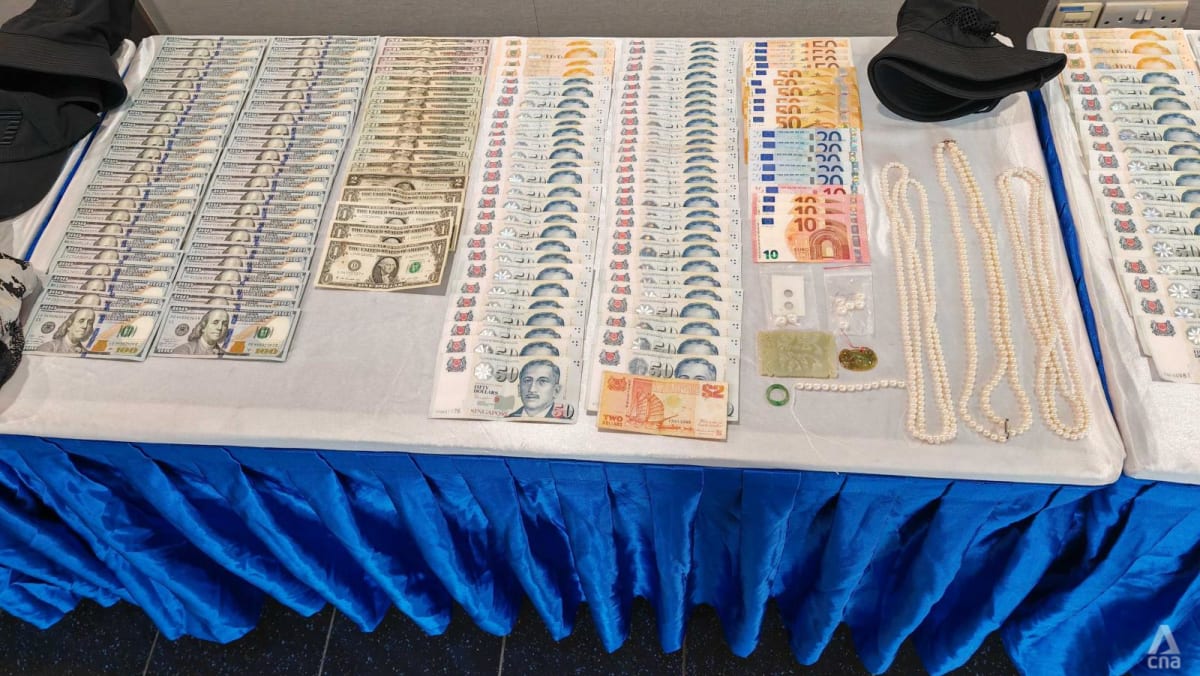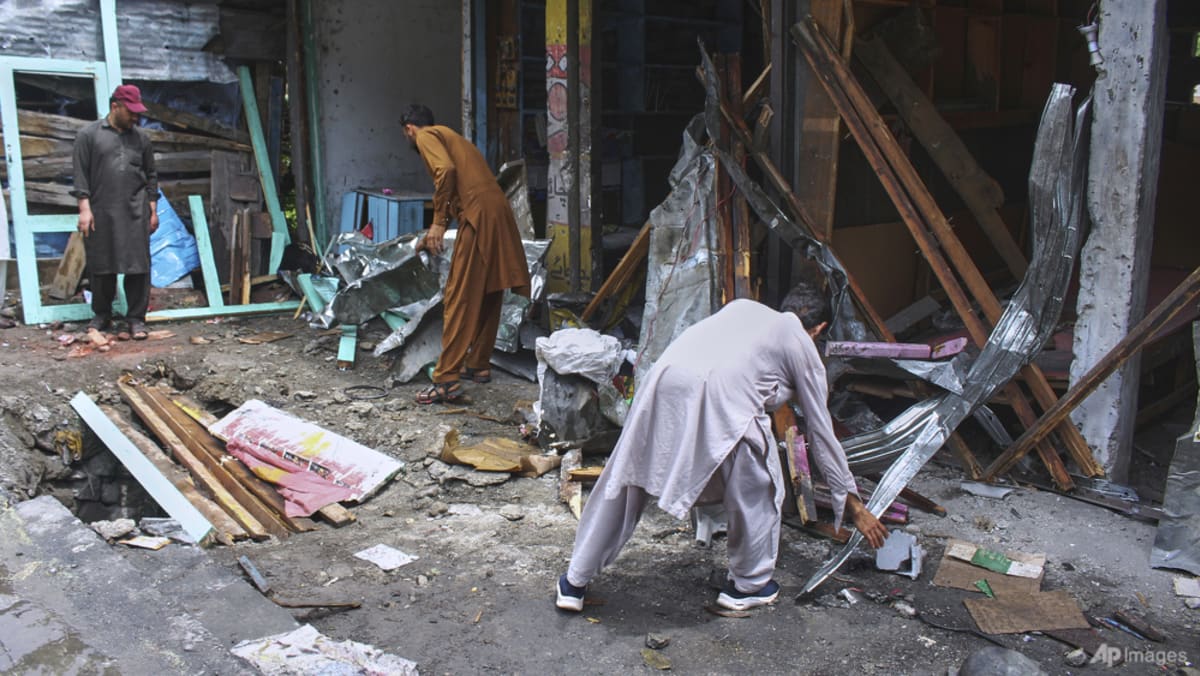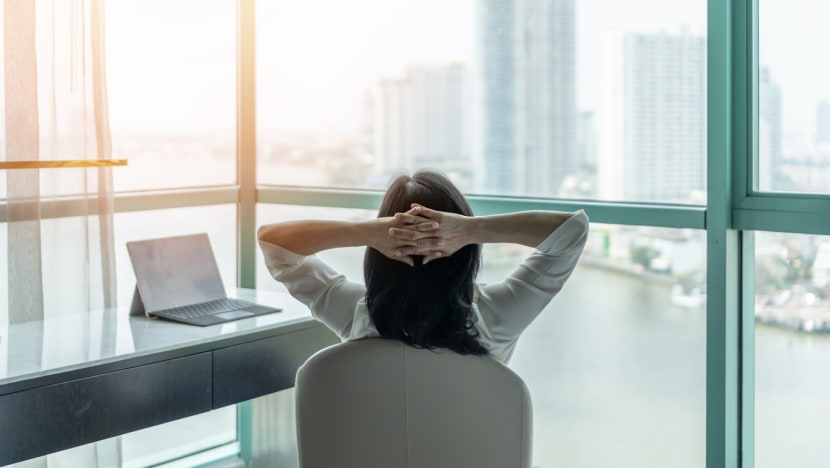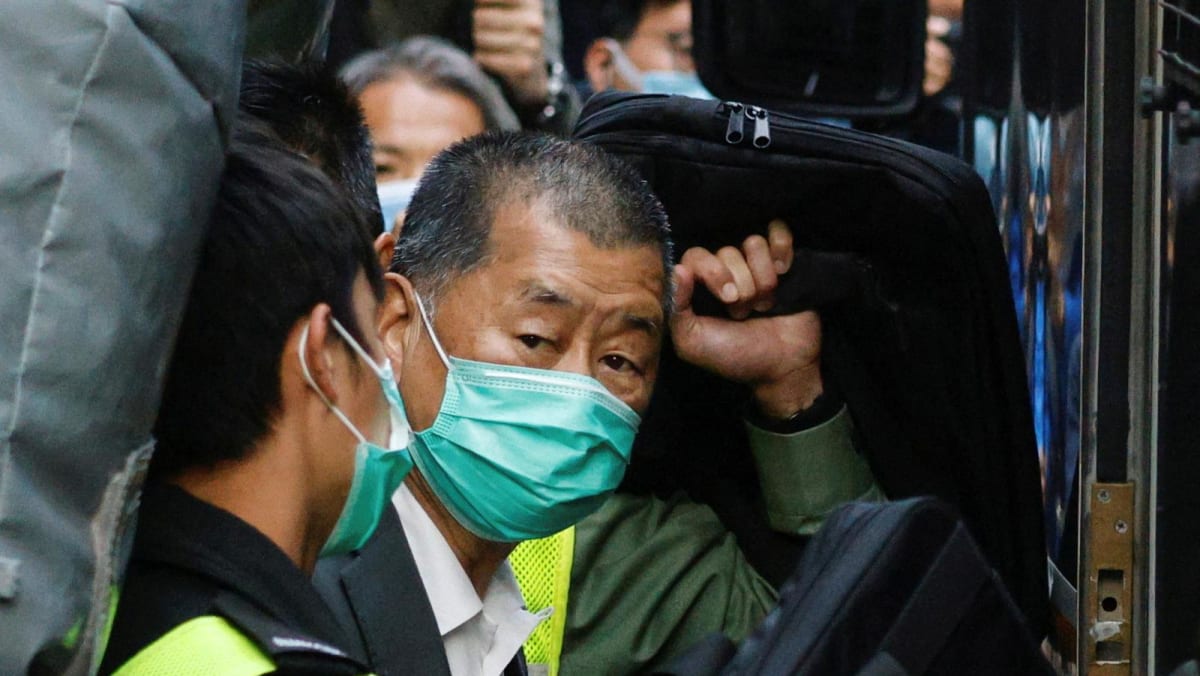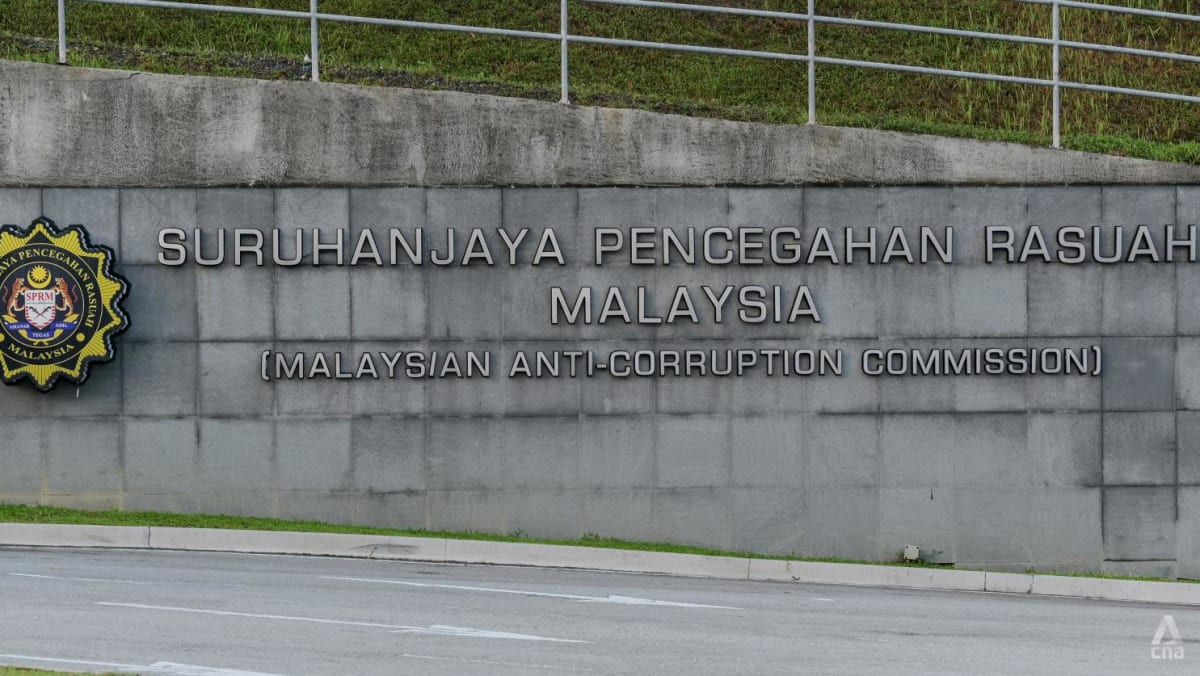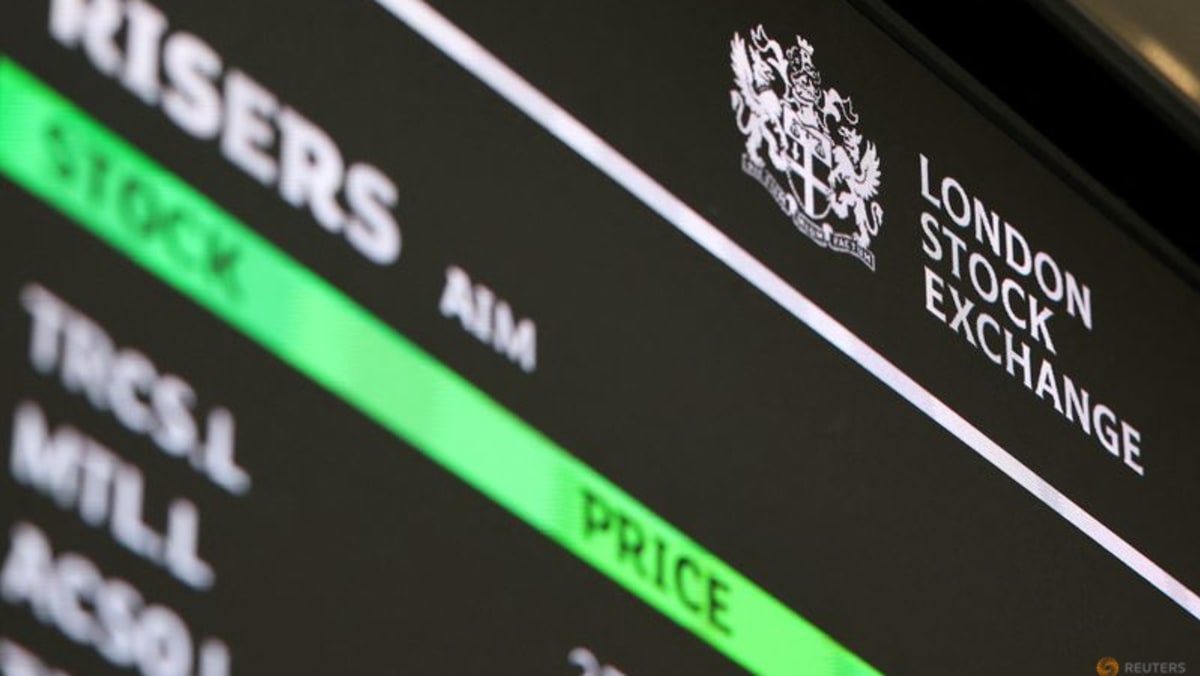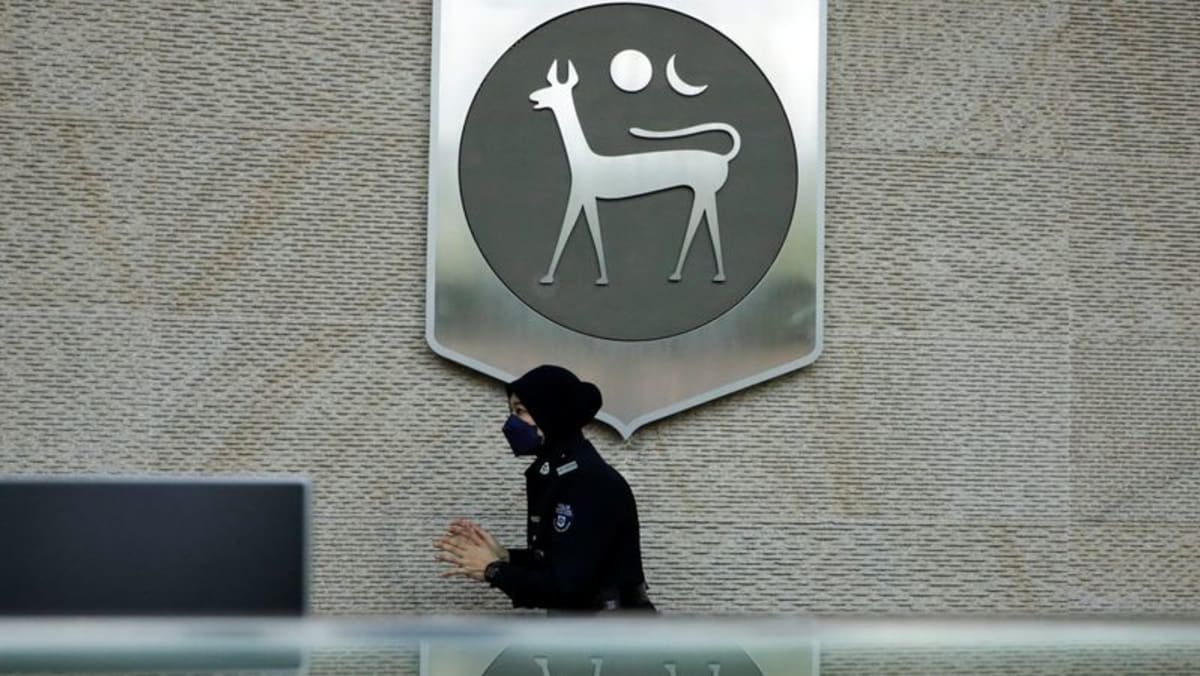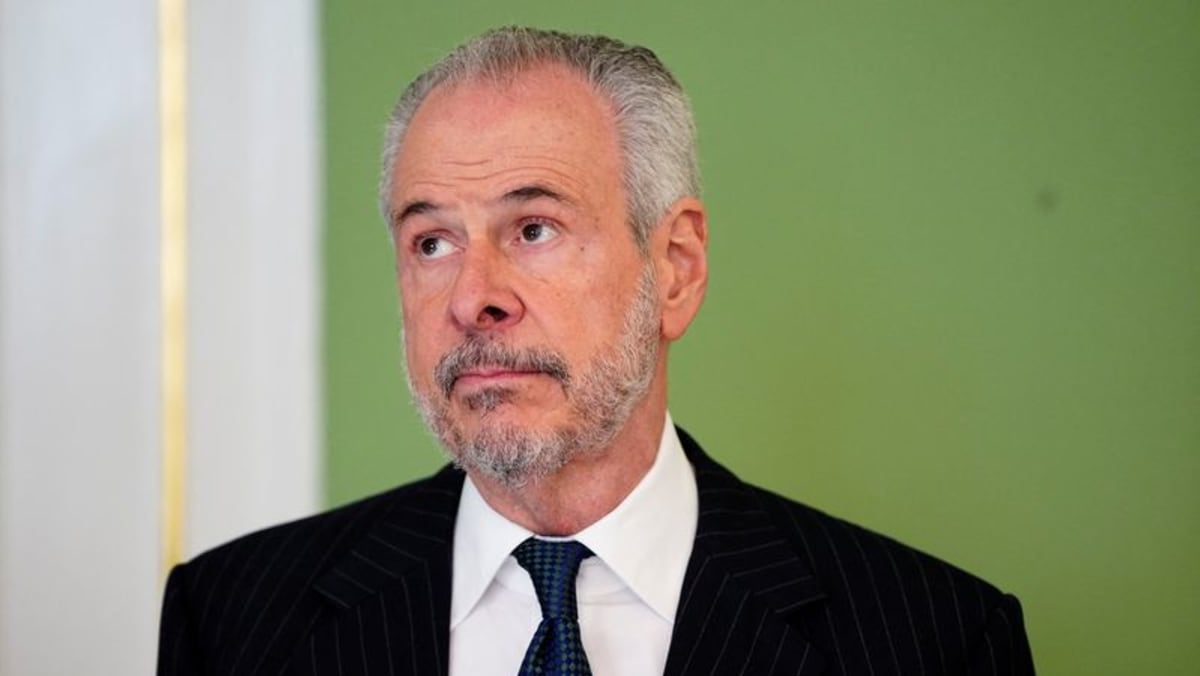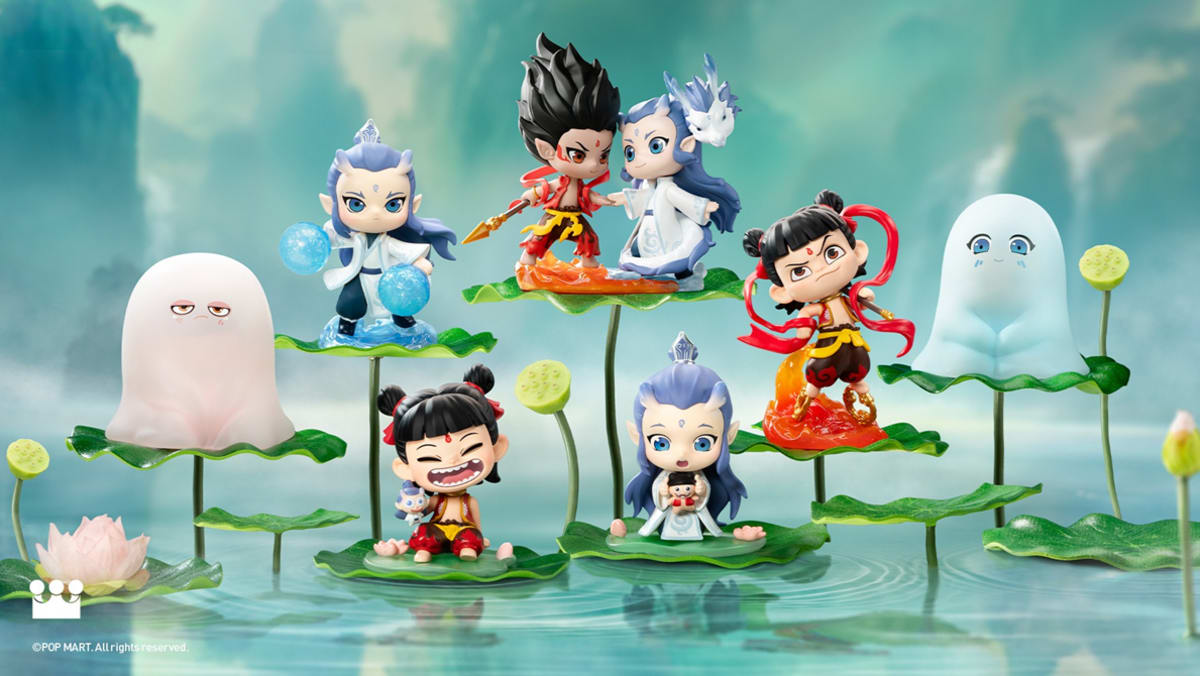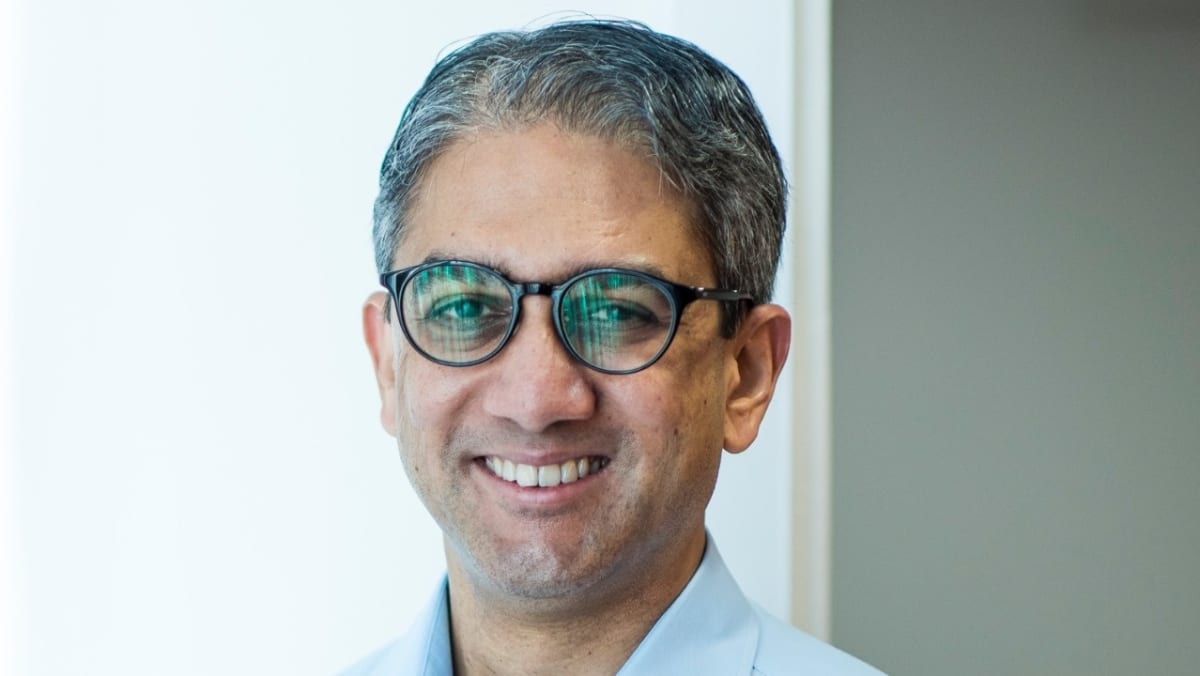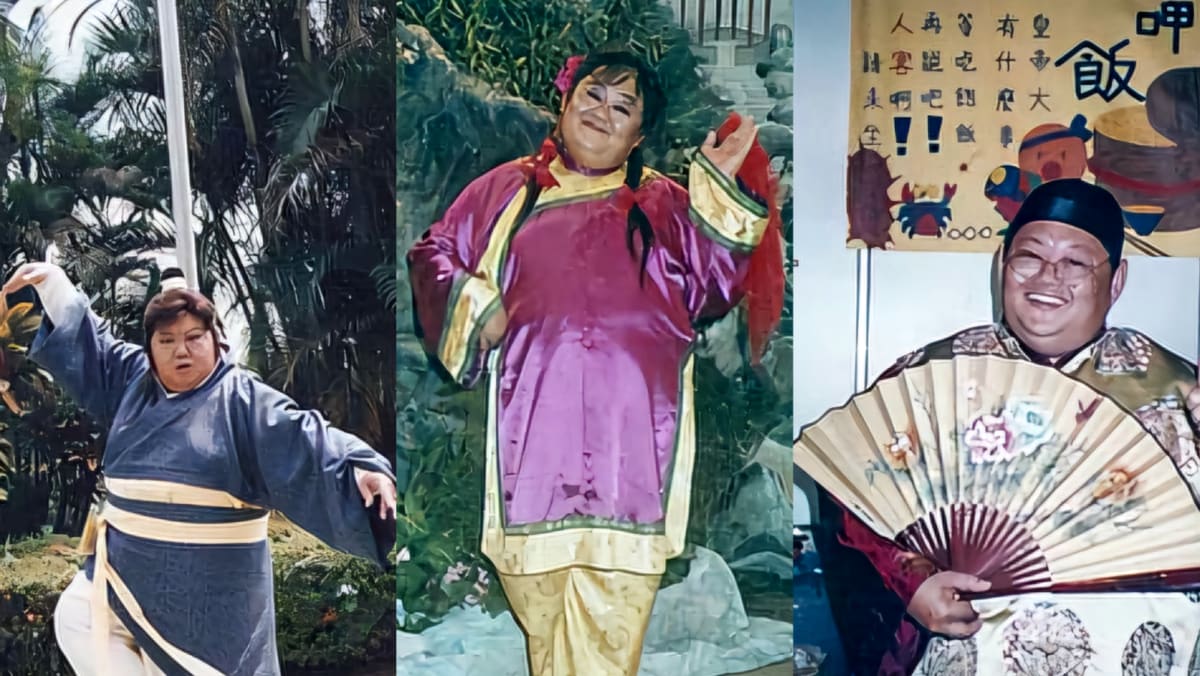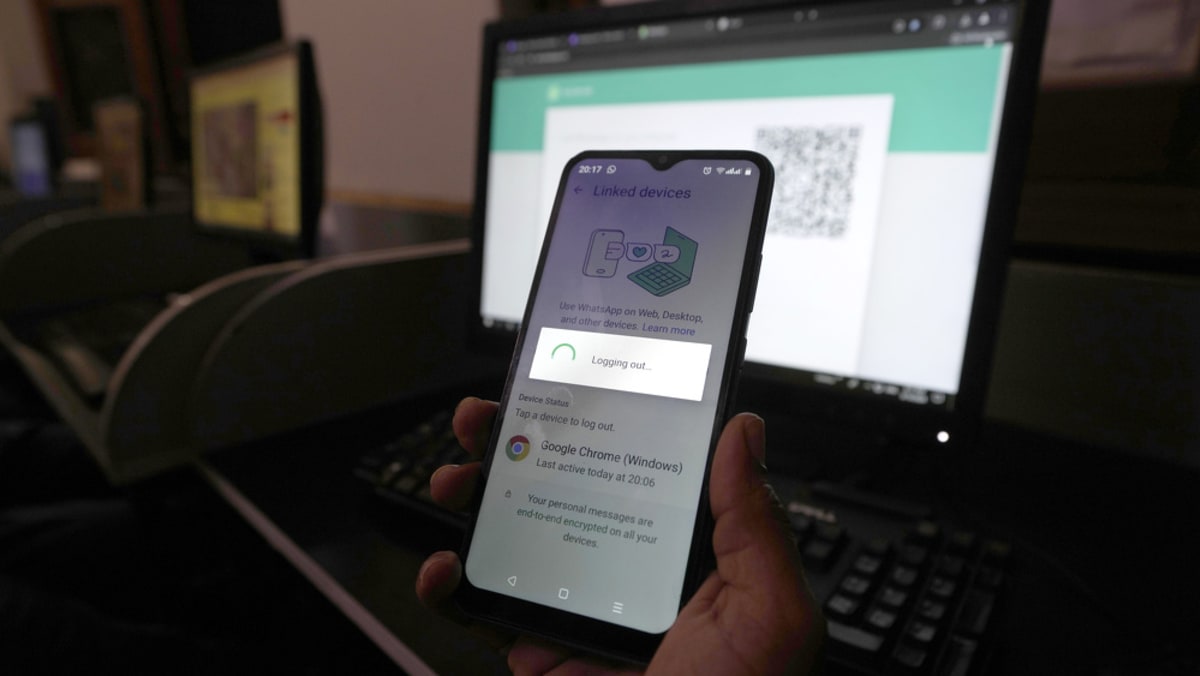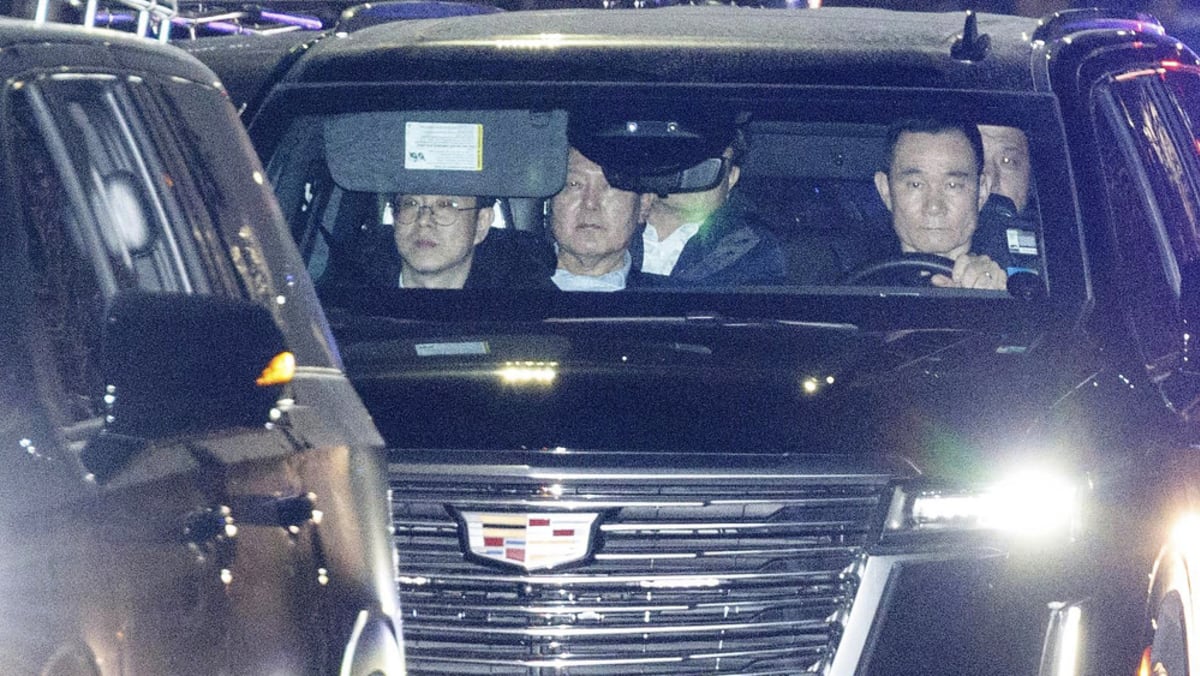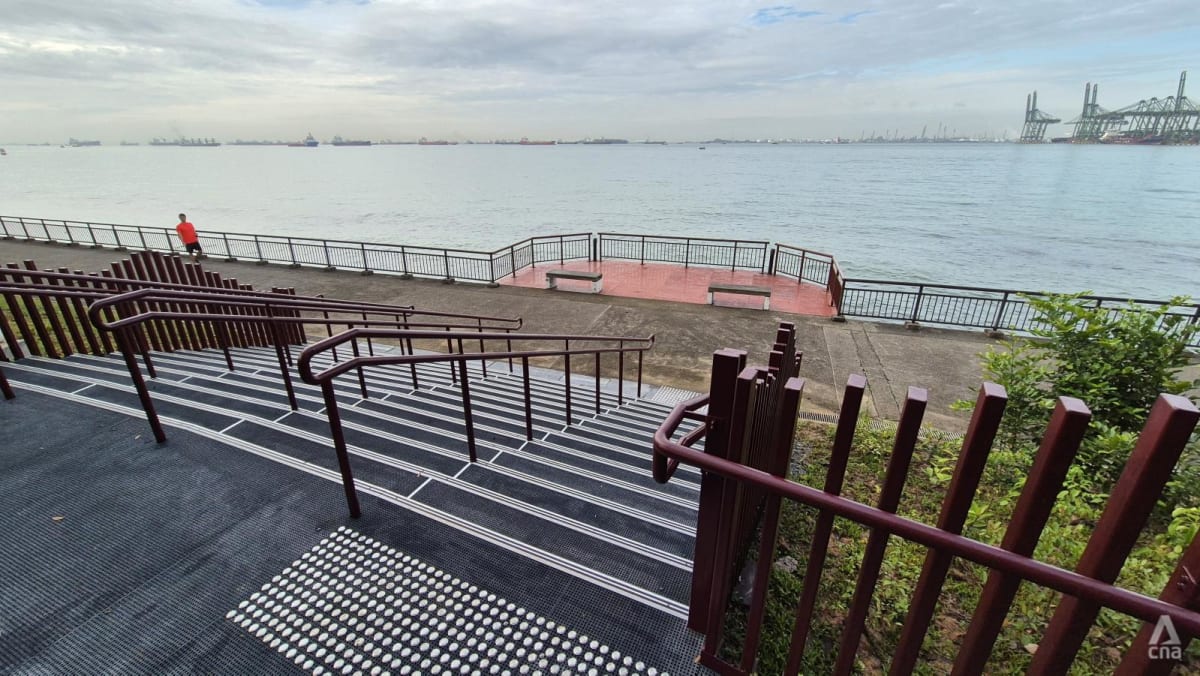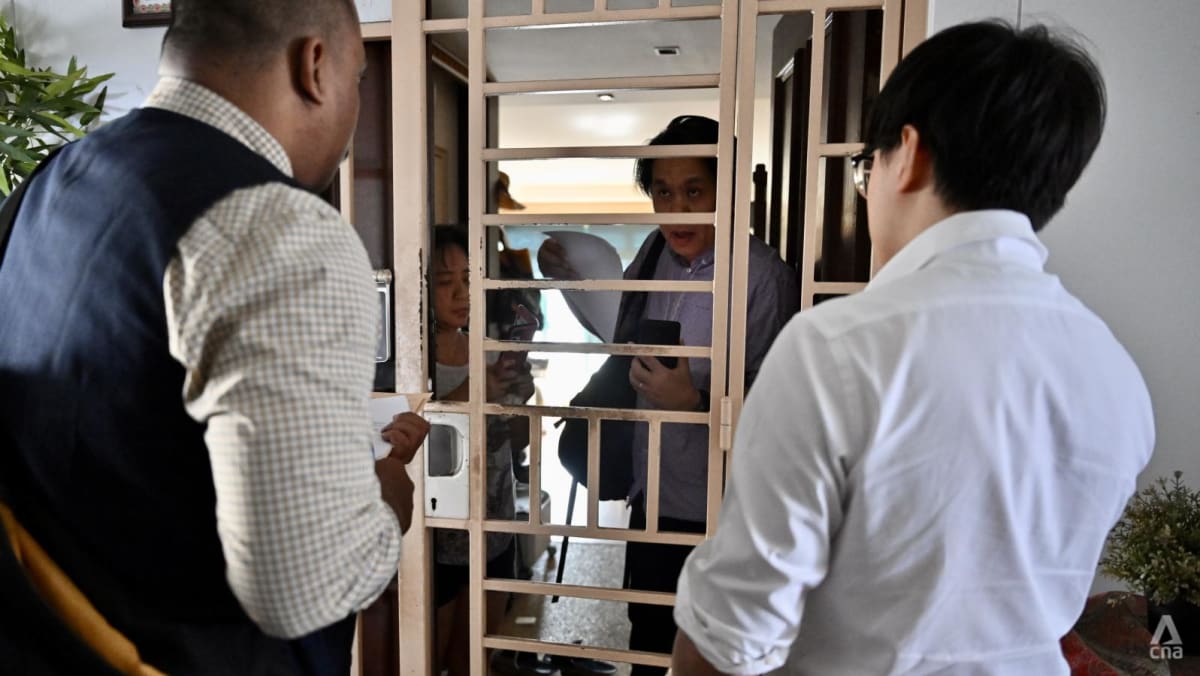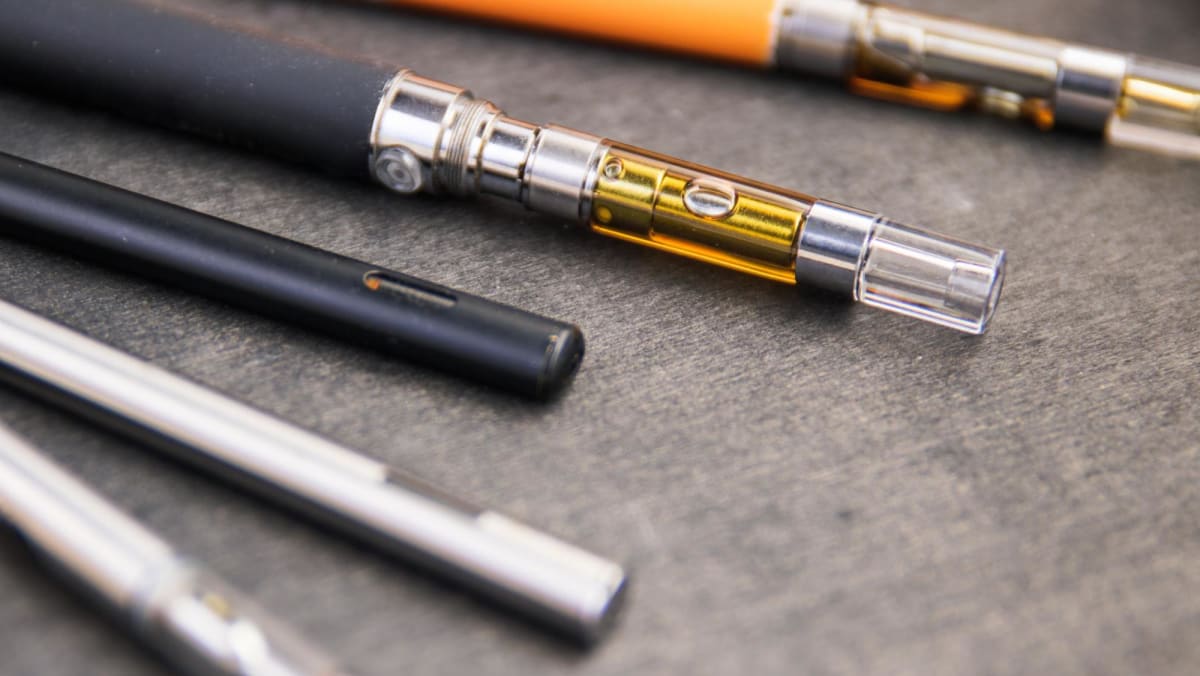Drinking coffee is a key component of many people’s morning routine, offering energy along with an earthy aroma and nutty flavour.
But indulging in a cup can bring unwelcome effects. An eight-ounce brew can contain between 80 and 100 milligrams of caffeine, which can also cause jitters, anxiety and trouble falling asleep.
“For some people it’s, ‘I want to be able to drink coffee in the afternoon because I really like the taste, but I don’t want to be up all night,’” said Eric Brenner, the assistant director of the Center for Coffee Research and Education at Texas A&M University.
Decaffeinated coffee, generally stripped of at least 97 per cent of its caffeine, is a tasty alternative. But some health advocacy organisations have raised concerns about a chemical used in the decaffeination process because it may raise the risk of some cancers.
Should you worry? Here’s what experts say you should know.
HOW IS COFFEE DECAFFEINATED?
There are several ways to make decaffeinated coffee, but two common methods use the chemicals methylene chloride or ethyl acetate to extract and dissolve caffeine from coffee beans.
One method puts coffee beans in direct contact with the chemicals. It begins with steaming green, unroasted coffee beans to make them swell and open their pores, said Tonya Kuhl, the chair of the chemical engineering department at the University of California, Davis.
Then, the beans are rinsed in methylene chloride or ethyl acetate to remove their caffeine, Dr Kuhl said.
The beans are then steamed again and washed to remove residual chemicals, Mr. Brenner said, and then they’re roasted. The final product doesn’t typically taste exactly like a regular cup of coffee, but “when done well, there is very little change,” Dr Kuhl said.
ARE THE CHEMICALS USED TO DECAFFEINATE COFFEE DANGEROUS?
In short, the answer is no, experts say, at least not in the amount you’re exposed to from decaffeinated coffee.
However, people who are exposed to chemicals like methylene chloride at higher levels – such as workers using it to strip paint or degrease metals – could have an increased risk of liver and lung cancer and damage to the central nervous system.
Last year, the US Environmental Protection Agency finalised a ban prohibiting most uses of methylene chloride. The chemical, however, can still be used to decaffeinate coffee as foods and beverages are primarily regulated by the Food and Drug Administration, which has determined that decaffeinated coffee should not contain more than 0.001 per cent of the chemical.
That means that it would be practically impossible to drink enough decaffeinated coffee to expose yourself to dangerous levels of methylene chloride, Dr Kuhl said.
Ethyl acetate, the other chemical used to decaffeinate coffee, also doesn’t warrant much concern, Brenner said. It naturally occurs in some fruits, such as kiwi and guava, and is used in products like nail polish and printing ink. But there’s no evidence that it can increase the risk of cancer.
Exposure to ethyl acetate through inhalation, ingestion or skin contact, however, may irritate the eyes, the skin or the throat, according to the Centers for Disease Control and Prevention. Nevertheless, the chemical doesn’t pose a health threat in coffee, experts said.
Once coffee beans are decaffeinated, there may be traces of chemicals left over, Dr Kuhl said. But after the beans are roasted, the chemicals evaporate almost entirely: Coffee beans are typically roasted at temperatures ranging from 356 to 464 degrees Fahrenheit (180 to 240 degrees Celsius), and methylene chloride and ethyl acetate boil at around 104 and 171 degrees Fahrenheit.
“There’s no health hazard, in my opinion, associated with drinking decaffeinated coffee,” Dr Kuhl said.
IS CHEMICAL-FREE COFFEE AN OPTION?
If residual chemicals in your coffee still worry you, there are alternatives, Brenner said. Some brands decaffeinate coffee using the Swiss Water Process, which, as the name suggests, uses water instead of potentially toxic chemical solvents to remove caffeine from coffee beans.
Companies use the process as a selling point because it involves nontoxic ingredients, Brenner said, adding that decaffeinated coffee is “perfectly safe” regardless of how it was made.
To figure out if coffee beans were decaffeinated this way, look at the label on the bag. It might be stamped with language such as “Water Process,” “Swiss Water decaf” or “Swiss Water decaffeinated.”
If, after reading the label, you’re not sure how your decaffeinated coffee was made, you can check the brand or company website. “It’s not a big secret,” Brenner said. “All this information is out there.”
By Katie Mogg © The New York Times Company
The article originally appeared in The New York Times.
Source: New York Times/mm





